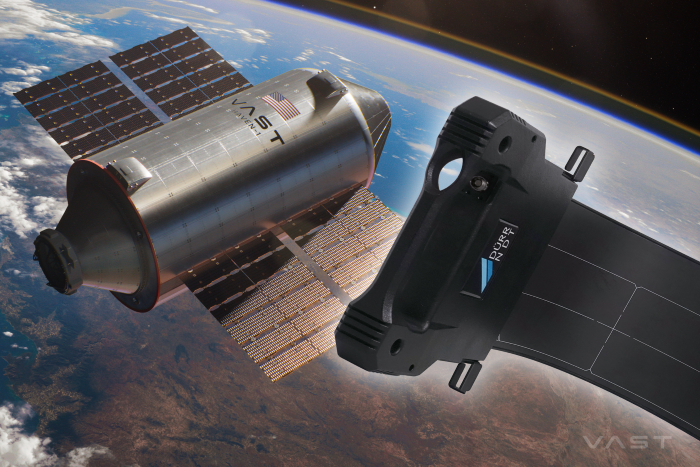Vast Space, the aerospace startup founded by former crypto tycoon Jed McCaleb, revealed its plans for a successor to the International Space Station, joining others hoping to commercialize Earth orbit.

Image Credit: Vast Space
NASA’s International Space Station (ISS) has been dominating low Earth orbit for more than 25 years, housing groups of astronauts in the microgravity environment. The orbital lab’s time in space, however, will soon come to an end, and NASA is looking for a replacement.
The california-based company Vast Space recently unveiled its plans to take over the coveted spot left behind by the ISS, revealing the design of its Haven-2 space station. The company is set on proposing its private space station for the second phase of NASA’s Commercial Low Earth Orbit Destinations program (CLD), with plans to launch the first module of Haven-2 in 2028, according to Vast.
Vast has been working on Haven-1, which it plans on launching in 2026. The company claims its single-module Haven-1 will be the world’s first commercial space station, capable of hosting short-duration missions for up to four astronauts at a time. But even before its first space station launches, Vast is eyeing that NASA contract to build another one as a commercial successor to the ISS.
Dan Guerrero at Willick Engineering a Pinnacle Company, collaborated closely with John Stewart, founder of ATAA, to implement the use of Dürr NDT’s D-DR 1025B NDT and D-DR 1043B NDT flexible panels. Vast is also using the 19-micron DR 7 NDT panel for very high resolution applications.
John is also the Radiation Safety Officer, Responsible Level 3 at VAST. John recently commented that “The Dürr system and software are easy to use. Currently we utilize multiple bendable panels and the 19-micron DR 7 high resolution detector. The systems are easily interchangeable and user friendly…”.
Vast is using the D-DR 1025B NDT and the D-DR 1043B NDT along with D-Tect X software to inspect welds on the exterior of their Haven Space Station components.